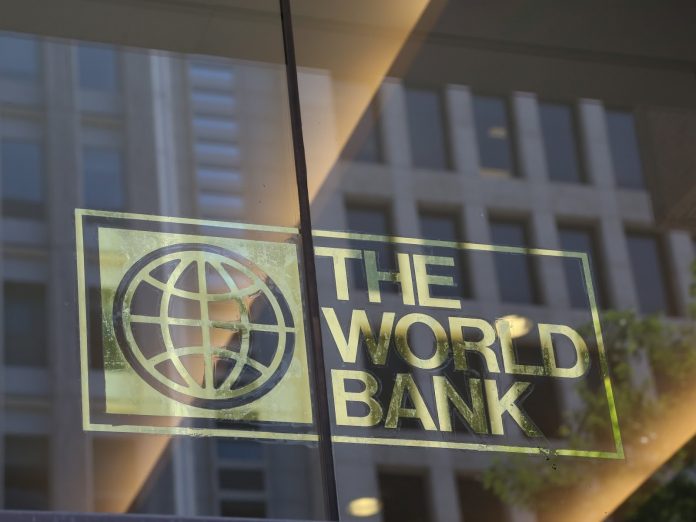April 6, 2020 (MLN): The Federal Government in its stimulus Program has allowed consumers with electricity consumption of fewer than 300 units and gas bills of less than Rs 2,000 to pay their monthly bills in three instalments.
This government’s attempt to accommodate the masses during the COVID-19 crisis on the one hand and avoid circular debt of gas companies on the other is likely to be a damp squib as “this measure is expected to result in higher accumulation of circular debt, assuming all such consumers avail this facility,” research by BIPL securities highlighted.
Since the industries are already facing the serious and profound impacts of COVID-19 outbreak due to lockdown across the country, as a result of which most of the non-essential industries have announced plant closures. Consequently, it is foreseeable that the power consumption from industry would also contribute to higher accumulation of circular debt.
The report further examined the amount by which circular debt would rise given varying lengths of shutdown and levels of a slowdown in industrial activity as mentioned in the graph below, by taking into account the fixed costs (i.e. capacity charges), variable costs and the expected demand of the country, whereby industrial sector consumes 26% of the total power dispatched.
Given the shortest duration, if the lockdown lasts for 1 month with the least 70% of the industrial shutdown, this would likely to bring roughly Rs 19.63 billion addition in circular debt.
Though the decline in commodity prices in the recent past would also result in containing circular debt accumulation, the impact would be partial, as the report estimates that oil and coal prices have declined by 47% and 22%, respectively, since Jan’20, resultantly the variable cost of generation is expected to decline by PKR2.39/kwh. Since fuel is a pass-through item, therefore, only a marginal benefit of PKR2.5bn/month in the reduction of circular debt is expected, whereby savings would emanate from lower T&D losses.
In view of the aforementioned factors, the circular debt stock would experience a significant surge in April 2020 the report underscored. However, from May onwards, the accumulation of circular debt would start falling as instalment from deferment starts coming in while resumption in industrial activity in combination with reduced generation cost would provide some relief, the report added.
Even though the chances are very low, but if the COVID-19 situation pans out according to the government’s plan, the pace of circular debt accumulation would remain the same on average as deferred bills would be recovered before Jun’20. However, if the situation prolongs it would result in ballooning circular debt, thereby, squeezing the payout ability of power sector even further, the report concluded.
Copyright Mettis Link News
33959








